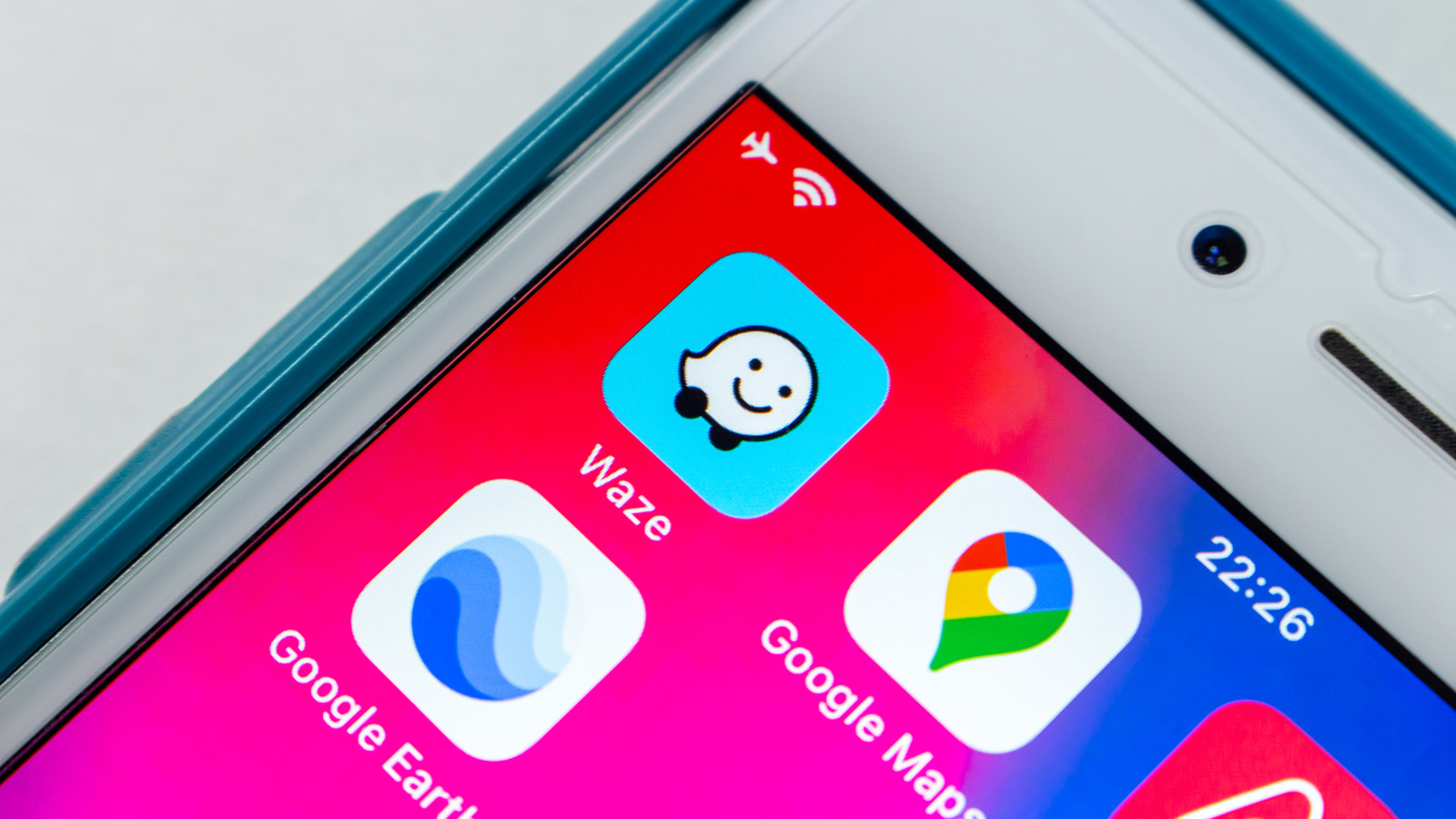Now Reading: Google Maps or Waze: Which Navigation App Fits You Best?
-
01
Google Maps or Waze: Which Navigation App Fits You Best?
Google Maps or Waze: Which Navigation App Fits You Best?

Fast Summary
- Google Maps vs. Waze Comparison: Both apps are owned by Google but offer distinct features catering to diffrent user needs.
- Unique Strengths of google Maps:
– Provides extensive facts about locations, including reviews, photos, store hours, and links.
– Utilitarian focus with multiple navigation options and broader discovery features.
- Unique Strengths of Waze:
– Focuses on fastest route navigation with real-time traffic and incident reporting contributed by its user community.
– Offers personalized profiles, parking assistance in urban areas, customizable voices/icons, and strong community engagement.
- Usage Advice:
– Google Maps is better suited for everyday use due to comprehensive data on places and intuitive interface.
– Waze excels during long journeys and urban commuting for efficient routing based on traffic conditions.
Indian Opinion Analysis
The significance of this comparison lies in highlighting how technology adapts to meet varying consumer priorities – efficiency versus information depth. In India’s rapidly evolving mobility landscape marked by bustling city traffic and rural connectivity gaps, both apps can be instrumental tools depending on user preferences. As a notable example:
- The strengths of Waze’s crowd-sourced insights resonate well in densely populated cities like Mumbai or Bengaluru where real-time updates matter most for commuters facing unpredictable congestion or parking challenges.
- On the other hand, Google’s robust informational framework aligns better with tourism-focused regions such as Rajasthan or Kerala where discovery dominates over mere navigation.
Given the rise of smartphone penetration across socio-economic categories in India combined with the ongoing digital change push via initiatives like Digital india campaigns might continuously shape preferred app selection growth trajectory nuanced per geographies habits locally read More here

























